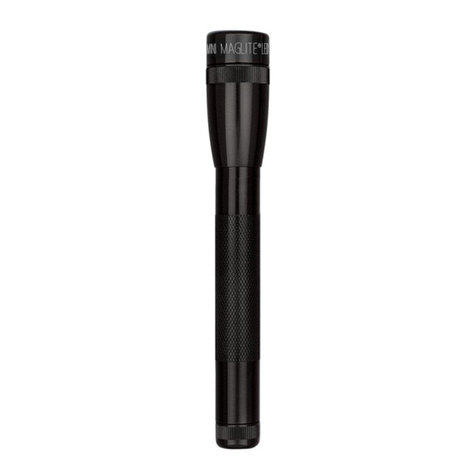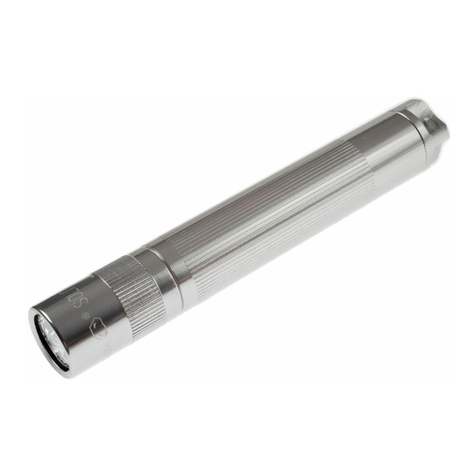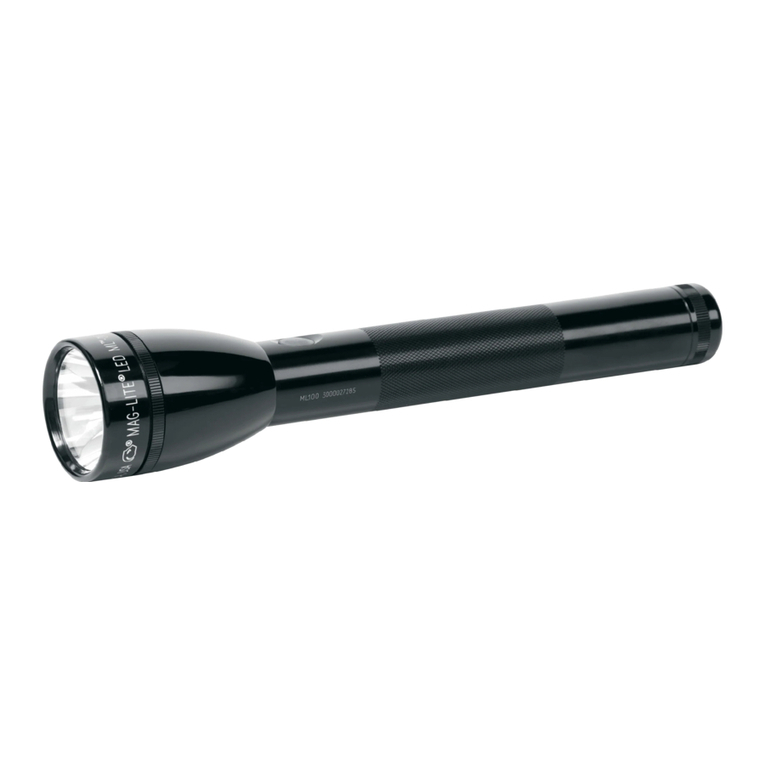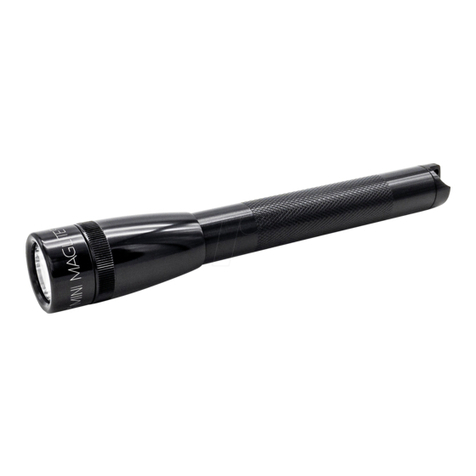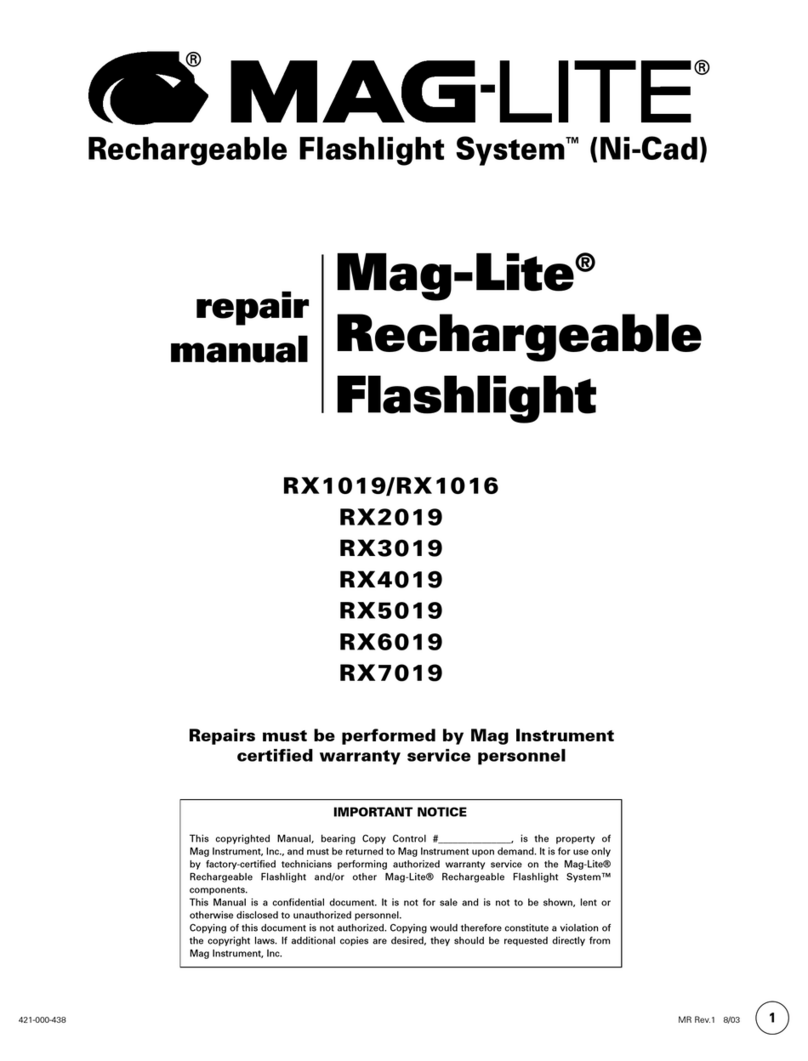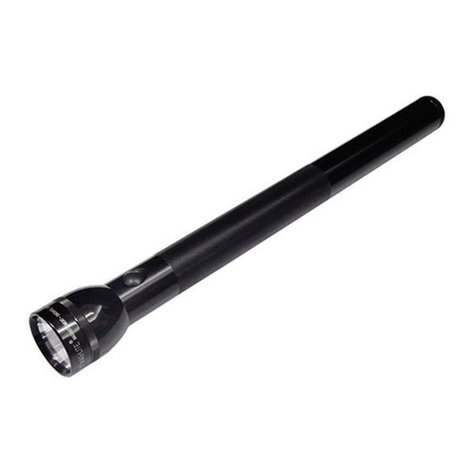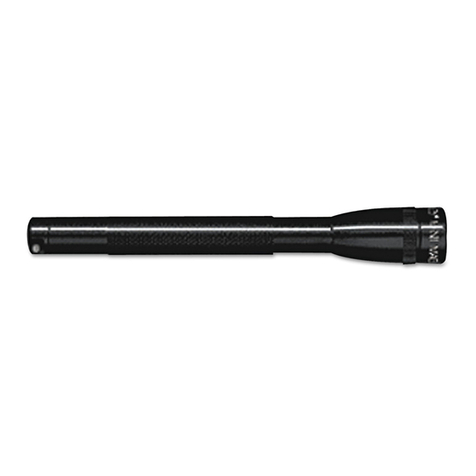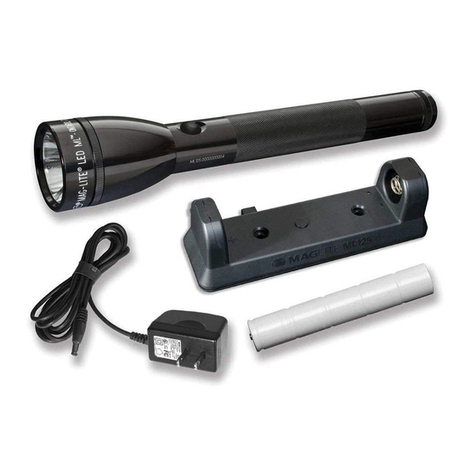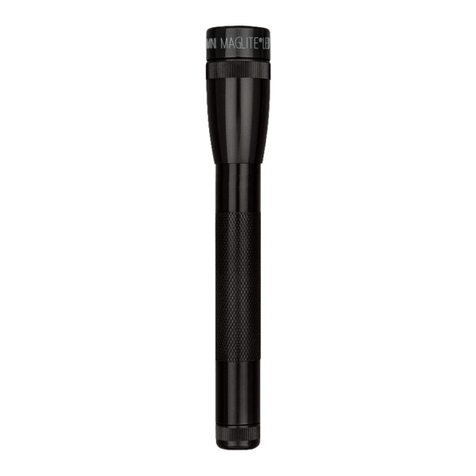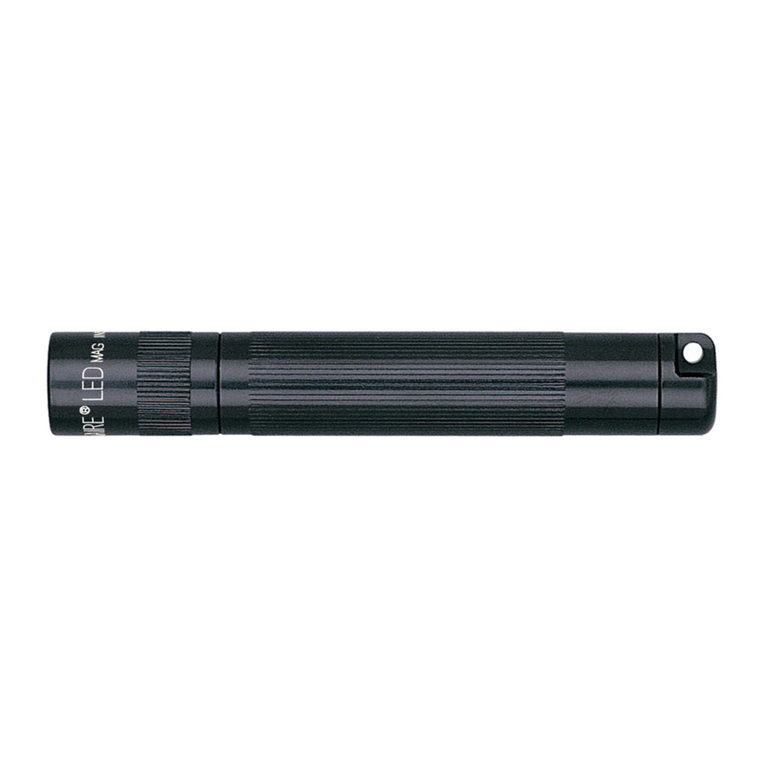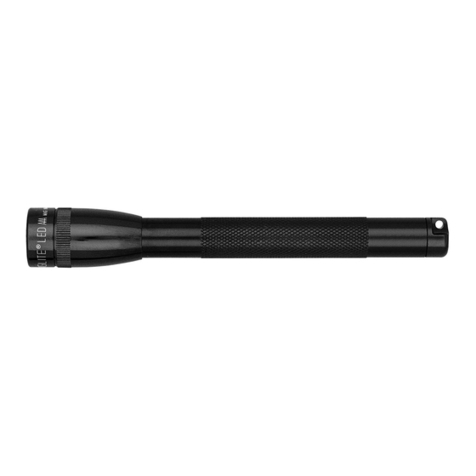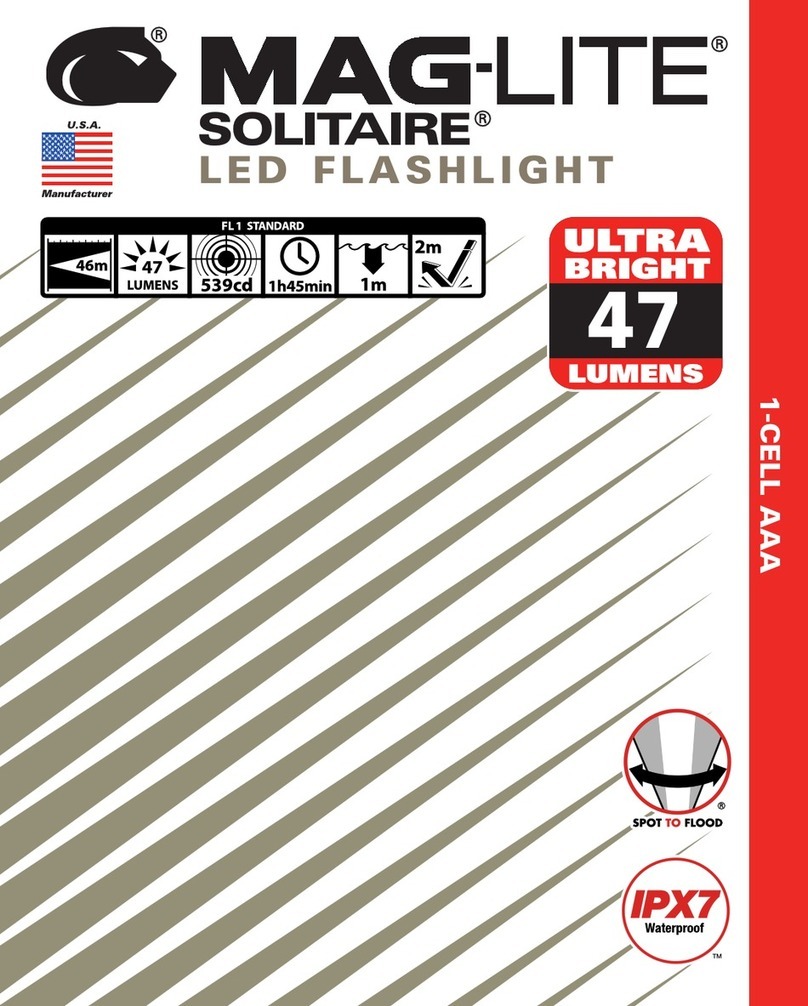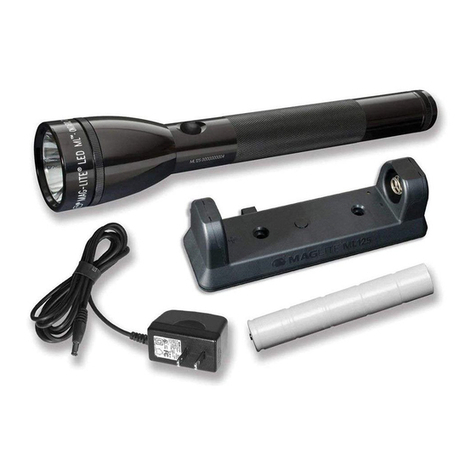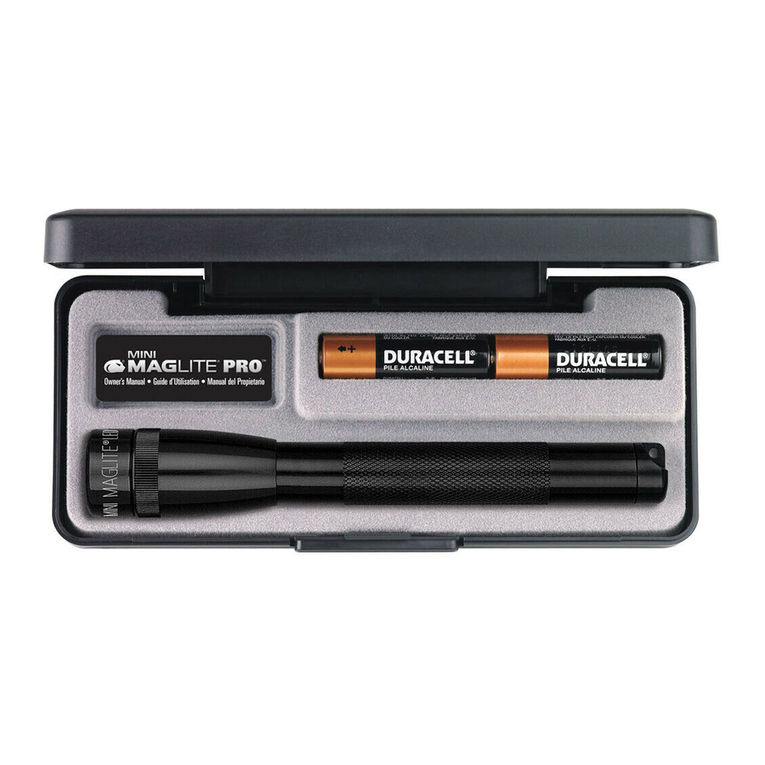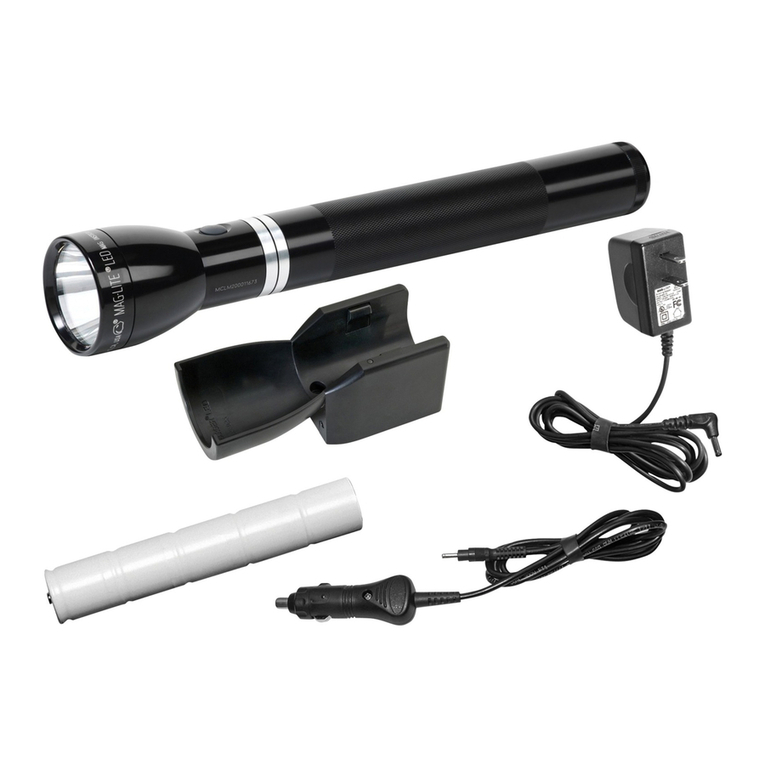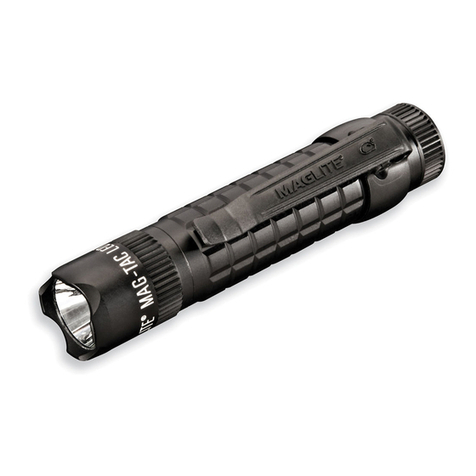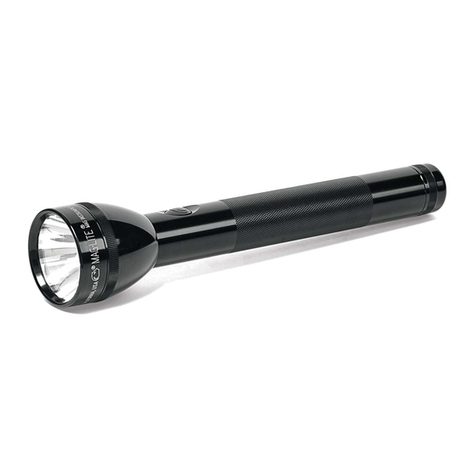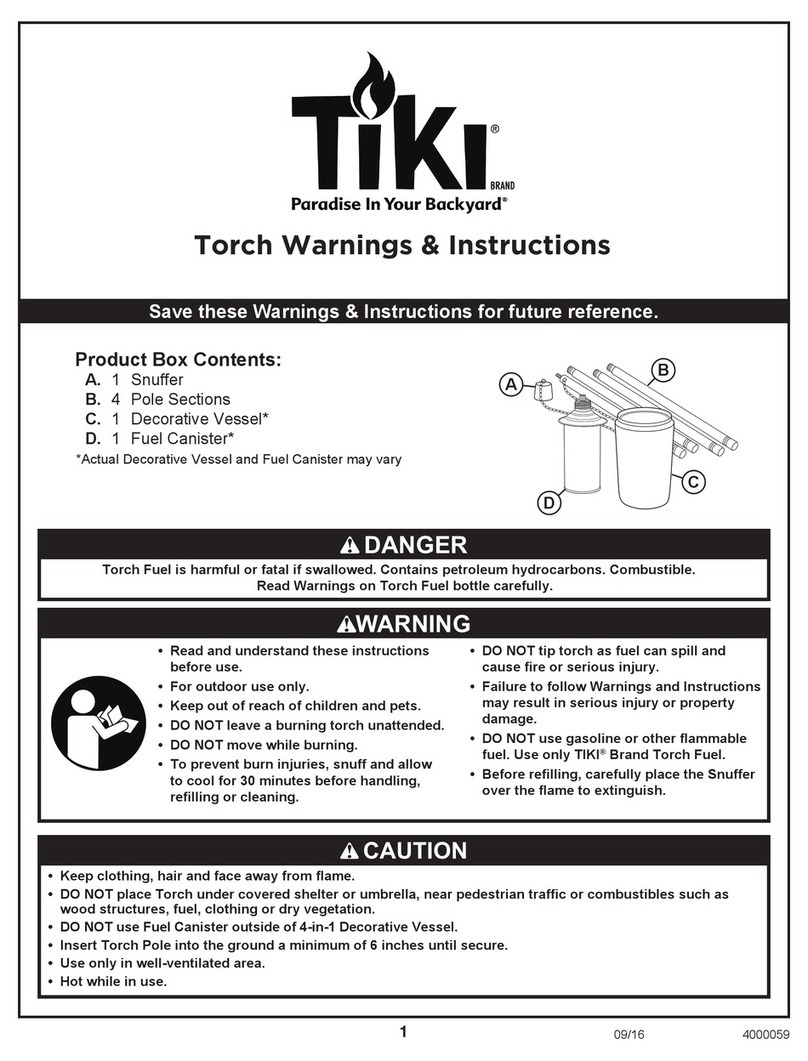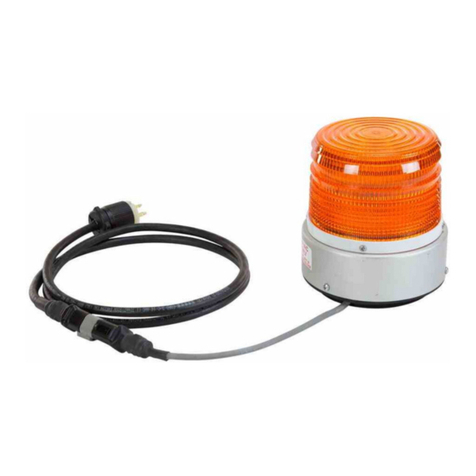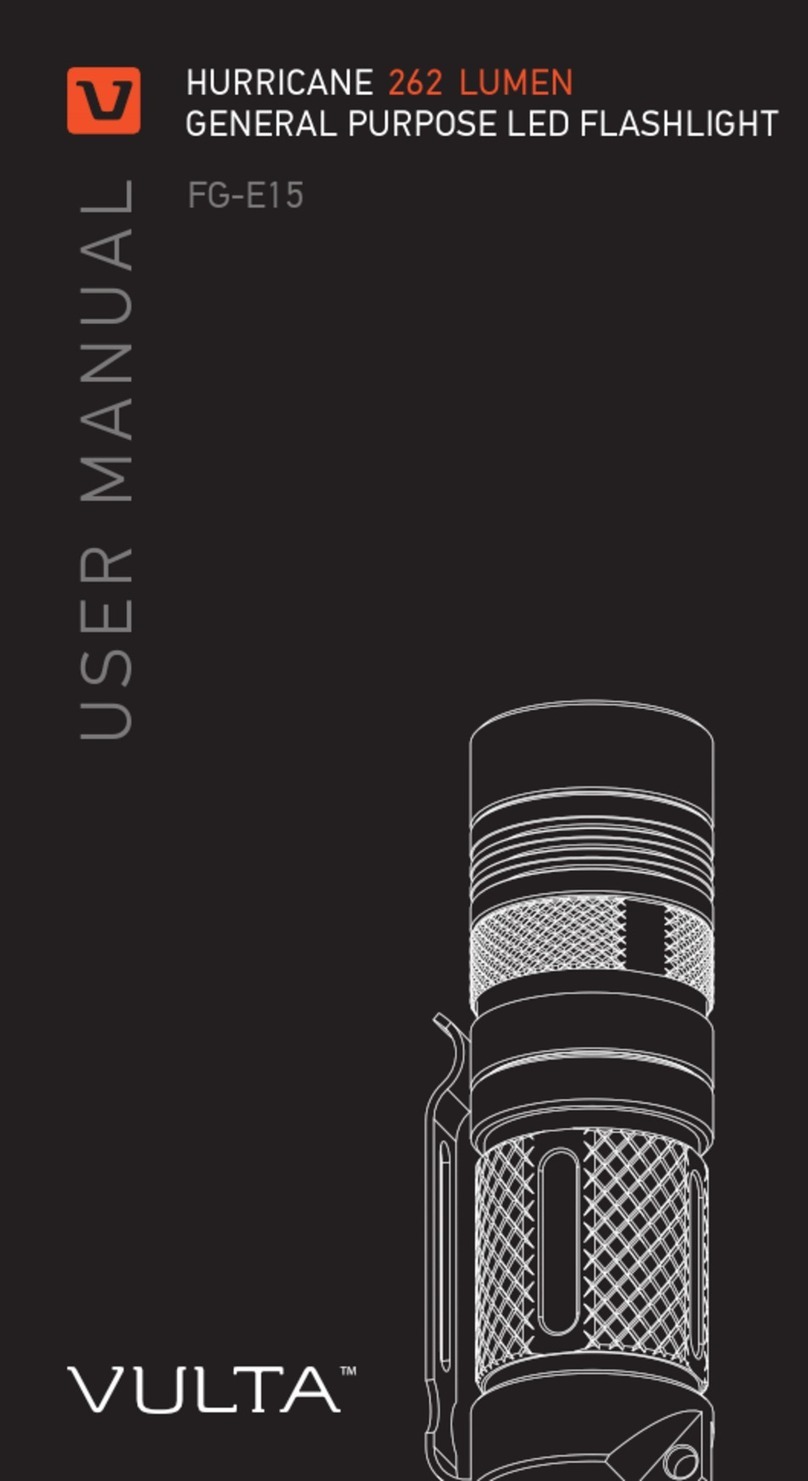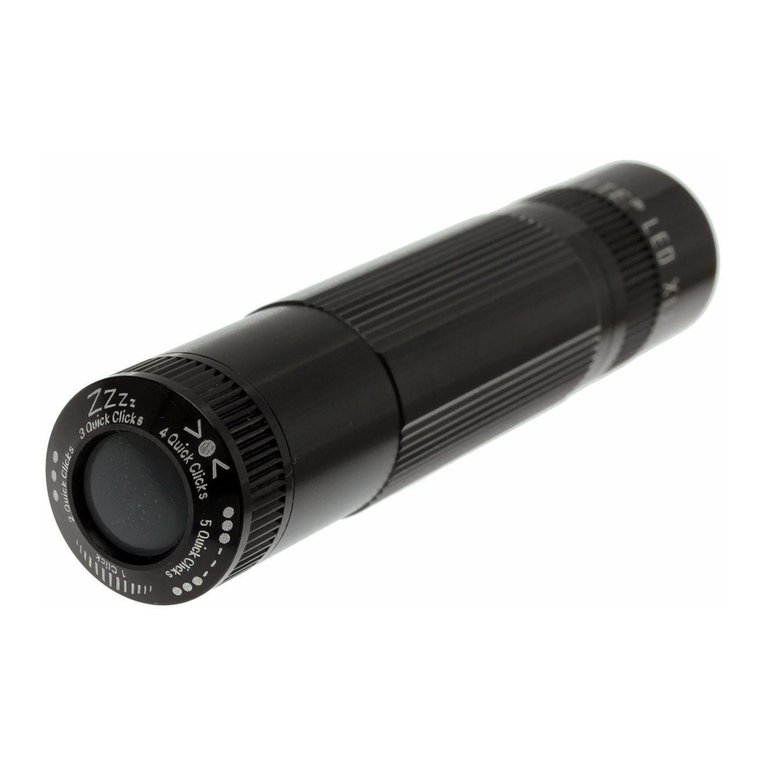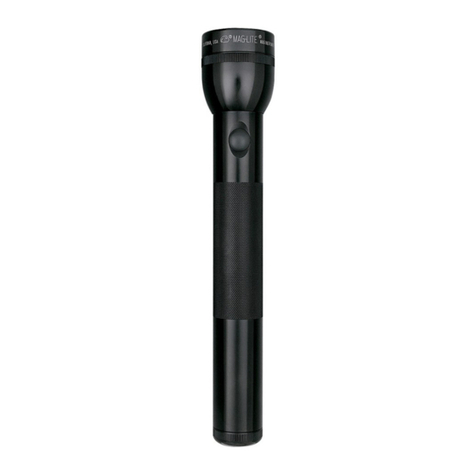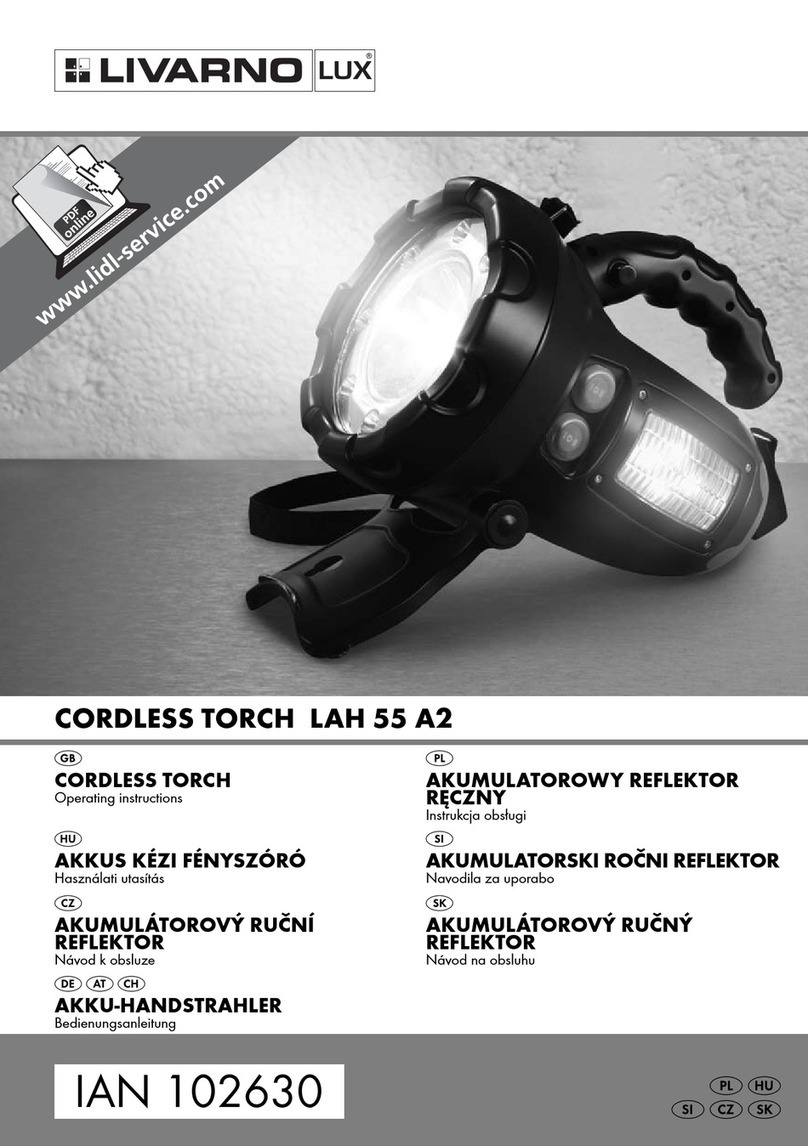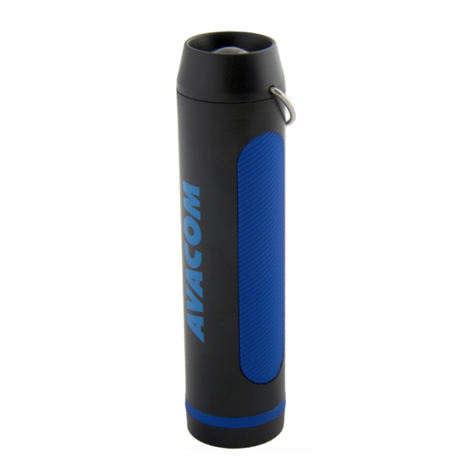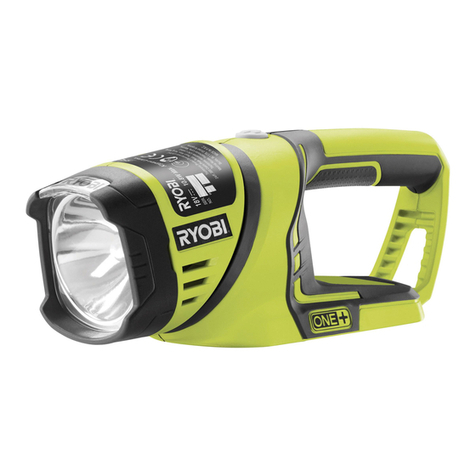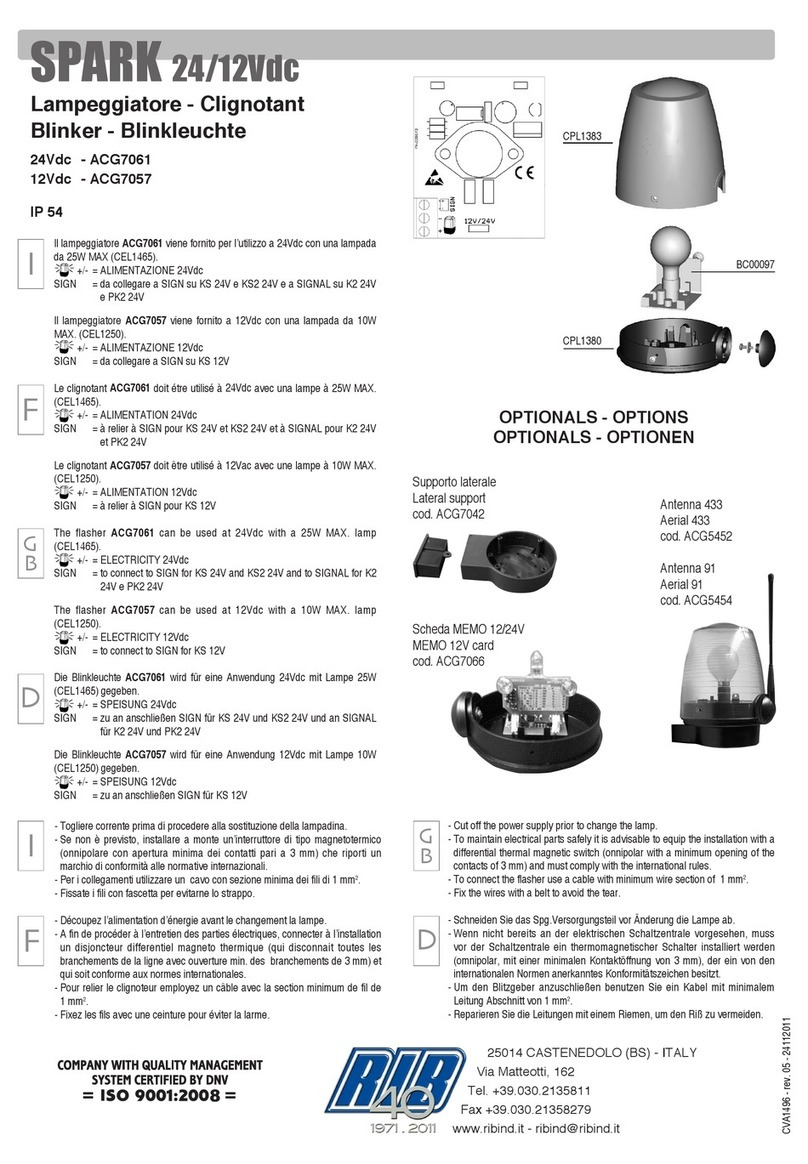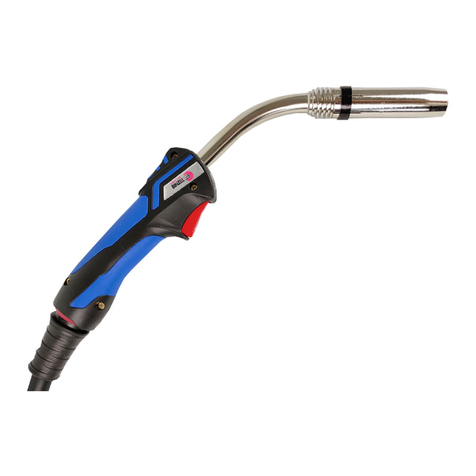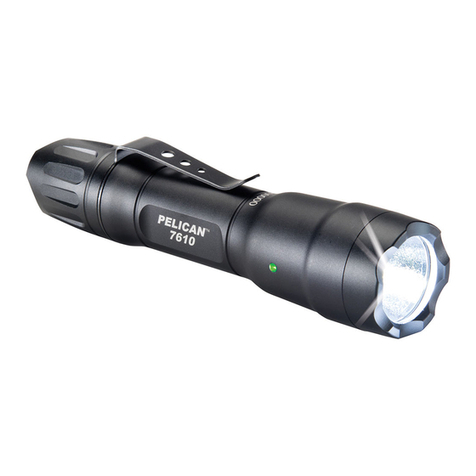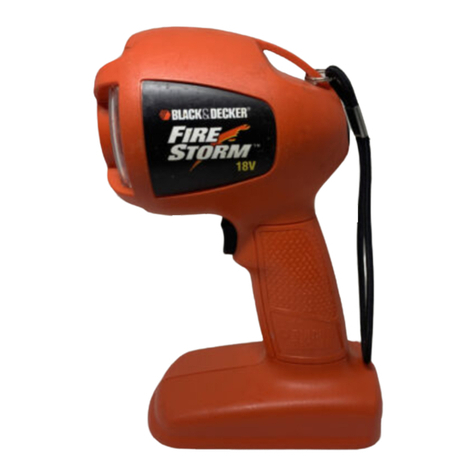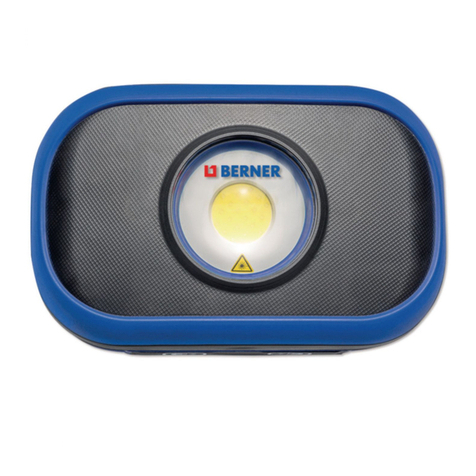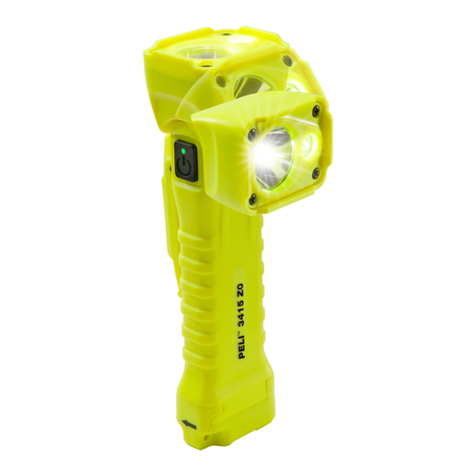
For Your Saf ty Pl as R ad
2
Read all safety instructions in this manual before attempting to use the
ML150LR™/ML150LRS™ LED Rechargeable Flashlight System. Keep
this manual for future reference. It contains important information
about safe operation and maintenance of the product.
SAFETY INSTRUCTIONS:
The safety instructions in this manual have been classified according to
the seriousness of the risk, as follows:
WARNING:
“Warning” indicates a hazardous situation that, if not avoided, could
result in death or serious injury.
O
CAUTION:
“Caution” indicates a hazardous situation that, if not avoided, could
result in minor or moderate injury.
몇
NOTICE:
“Notice” indicates information considered important that relates to
avoiding risk of damage to the flashlight or flashlight system itself
and/or to other property.
WARNINGS:
• The ML150LR™/ML150LRS™ flashlight is a high-intensity lighting
device that is safe during normal operating use in which it is used to
project light at a distance and the lens is not obstructed or blocked. It is
not intended for use in hazardous environments, such as explosive
environments, where only devices with appropriate hazardous
certifications (such as “intrinsically safe” and/or “explosion-proof”)
should be used. If the device is left on when the lens is obstructed or
blocked, such misuse may create a potentially dangerous heat build-up,
which could possibly result in fire, depending upon the environment in
which the device is being misused.
• This flashlight is a high-intensity lighting device capable of causing eye
damage to the user or others. Avoid shining the flashlight directly into
anyone’s eyes.
• As is the case with any battery, never allow it to short circuit and do
not expose the battery of this device to fire or excessive heat, as this
could cause the battery to leak, rupture or explode.
• The charging cradle is not waterproof and should only be used in dry
indoor locations. Exposing the device’s charging system to liquids could
cause shorting and possible fire and/or electric shock.
• Never try to disassemble, repair or alter the AC adapter, plug or
charging cradle. Shorting and possible fire and/or electric shock could
result. Contact a Mag Authorized Warranty Service Center for repairs.
O
CAUTION:
• The flashlight is not designed to operate with the face cap off and the
LED exposed. If contacted directly, the exposed LED could become hot
enough to burn skin, or to melt or scorch some heat-sensitive materials,
e.g., plastics, rubber, cloth fabrics, etc.
• Any battery may leak harmful chemicals which may damage eyes,
skin, clothing, or the inside of the flashlight. To avoid risk of injury, never
disassemble a battery pack, and do not let any material leaked from a
battery come in contact with eyes or skin. In the event of contact with
eyes or skin, wash the affected area immediately and obtain prompt
medical attention.
몇
NOTICE:
To reduce the risk of harm to your flashlight:
• Locate power cord away from foot traffic and other causes of abrasion
or stress.
• Never pull on the power cord when unplugging the AC adapter. Grasp
the plug directly.
